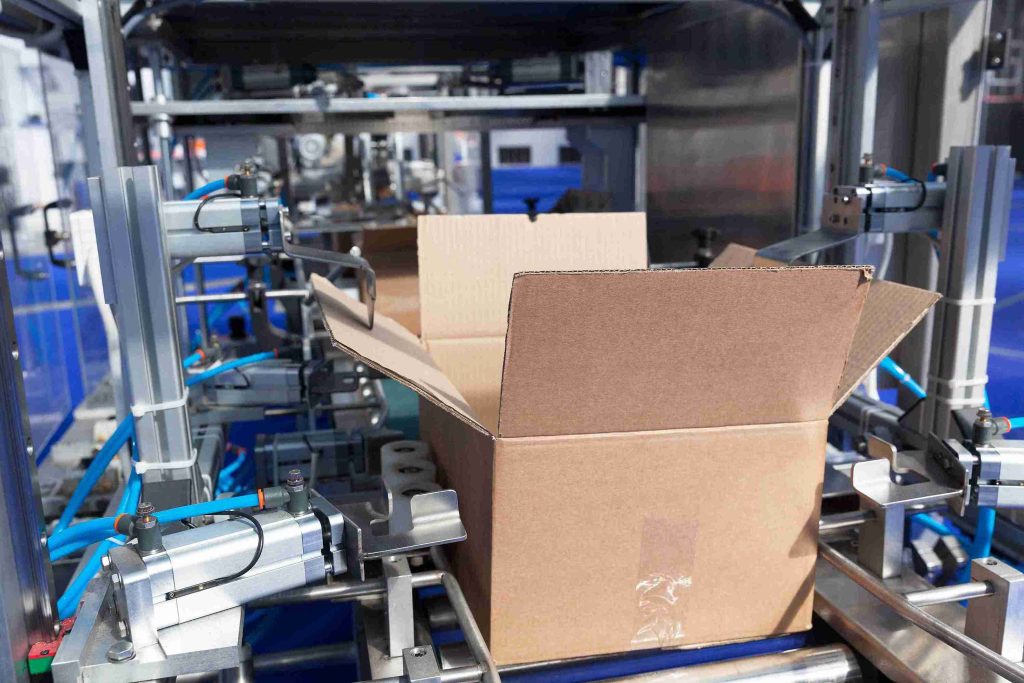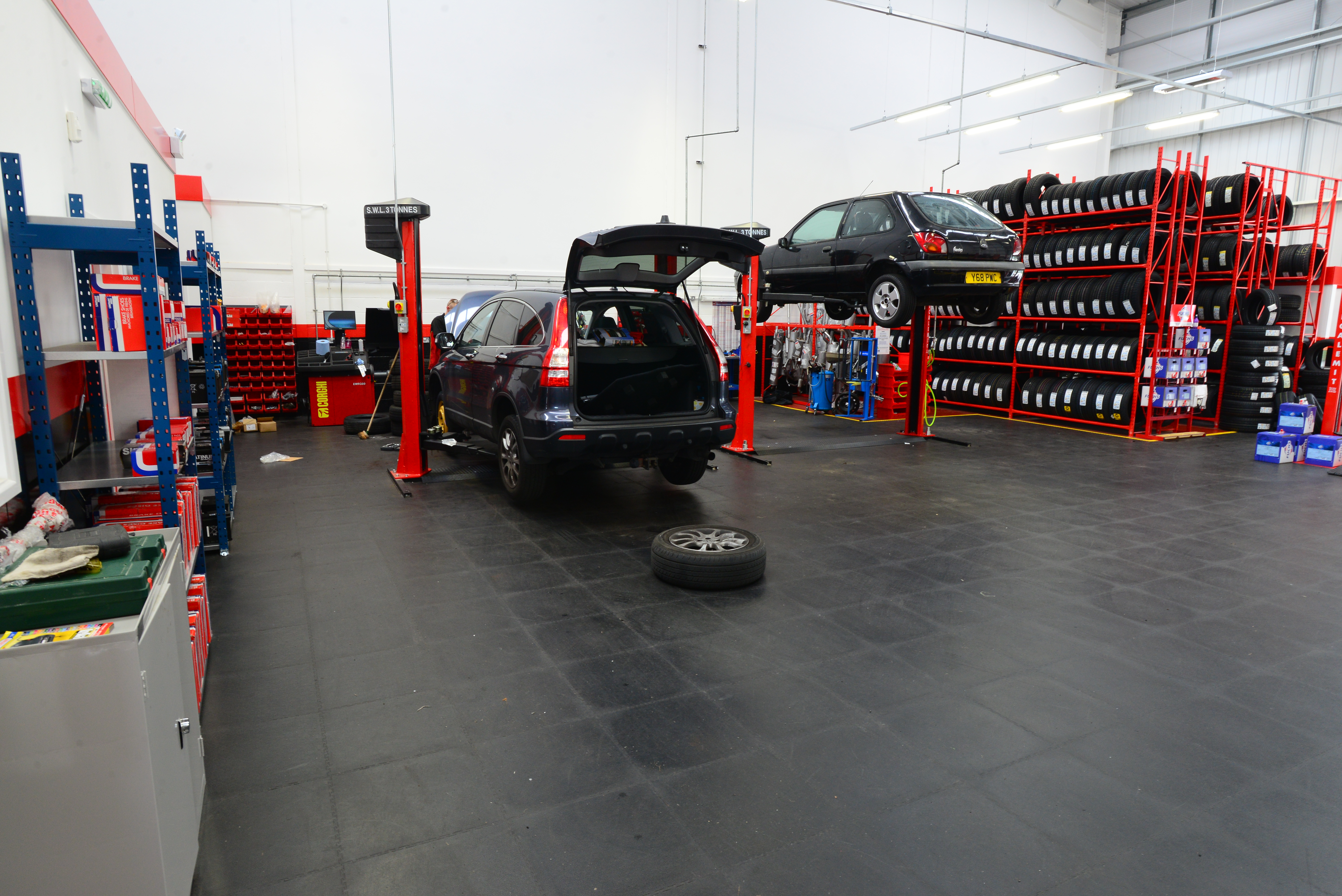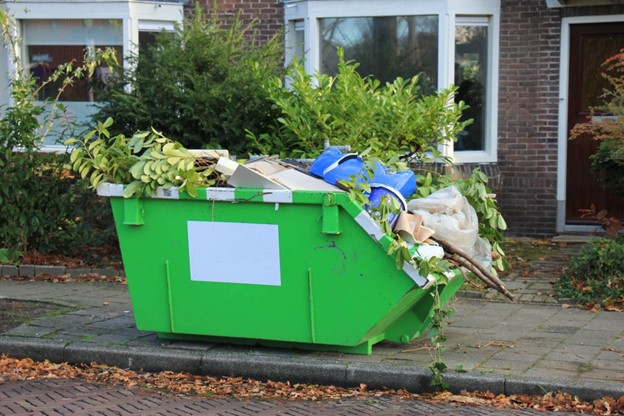Why More Manufacturers Are Choosing European Packaging Equipment in 2025

Strong 8k brings an ultra-HD IPTV experience to your living room and your pocket.
Is it worth investing in European packaging equipment in 2025? That’s the question many manufacturers are asking—especially as global demand grows, automation evolves, and competition gets tighter.
In today’s fast-moving production landscape, the right packaging machinery isn’t just a tool—it’s a long-term business advantage. And increasingly, manufacturers are turning to European packaging equipment for performance, precision, and compliance that other systems struggle to match.
This post dives into the key reasons behind the shift toward European-made machines and how they’re changing production floors around the world.
Quick Overview: Why European Packaging Equipment Is Gaining Momentum
- Unmatched Engineering Standards – Built with durability, efficiency, and modularity in mind.
- Sustainability by Design – Focused on reducing waste, energy consumption, and material use.
- Compliance and Safety Leadership – Built to meet strict EU and global regulations.
- Adaptability and Innovation – Seamlessly integrates with smart tech and AI.
- Global Support and Reliability – Backed by strong after-sales service and global spare part availability.
Want to know why this shift matters for your business? Keep reading to unpack the trends.
1. Precision and Quality That Boosts Productivity
European manufacturers have long had a reputation for engineering excellence—and that’s particularly true in the packaging sector. Equipment from Germany, Italy, the Netherlands, and Switzerland is known for:
- High-speed performance without compromising accuracy.
- Longer operational life, thanks to robust mechanical and software systems.
- Modular designs that allow manufacturers to scale up or adapt without replacing entire systems.
Did You Know?
Many German packaging machines come with a guaranteed operational life of 15+ years with routine maintenance—far above the industry average.
For many manufacturers, this translates into fewer breakdowns, higher throughput, and ultimately, lower cost per packaged unit.
2. Built-In Compliance: No Surprises
With increasing pressure around product traceability, sustainability, and worker safety, compliance is no longer optional. European packaging systems are often designed with compliance-first thinking:
- CE-marked and certified for ISO and GMP standards.
- Easy-to-clean and hygienic builds for food and pharma sectors.
- Built-in audit trails and real-time data logging for regulatory reporting.
This means fewer headaches during inspections—and less retrofitting down the line.
Pro Tip:
If you're exporting to EU, UK, or North American markets, European machines often help simplify your documentation and certifications.
3. Automation-Ready: Smarter Manufacturing Starts Here
In 2025, smart factories aren’t a luxury—they’re the future. European equipment tends to be plug-and-play ready for:
- AI-powered vision systems for defect detection and quality control.
- Remote monitoring and predictive maintenance via IoT sensors.
- Seamless ERP/MES integration, reducing manual intervention.
What’s more, leading manufacturers are embedding machine learning algorithms into their systems, enabling them to learn from production patterns and self-optimize over time.
Bold Insight:
The real value isn’t just in packaging faster—it’s in packaging smarter.
4. Sustainable by Design, Not Just Marketing
From eco-friendly materials to waste reduction features, sustainability is baked into the design of many European machines. Features include:
- Vacuum-optimized sealing to reduce material waste.
- Energy-efficient motors and compressed air recovery systems.
- Smart batching and fill controls to reduce product overfill.
For manufacturers trying to meet ESG goals or comply with stricter regulations, these features aren’t just a bonus—they’re essential.
Quote from an Industry Analyst:
“Sustainability is no longer a differentiator—it’s a qualifier. European equipment vendors understand this better than most.”
5. Global Support, Local Feel
Many European packaging equipment suppliers now offer localized support networks worldwide. Whether you're in Sydney or Singapore, this means:
- Quick access to spare parts.
- Remote diagnostics and multilingual support.
- On-site training and system upgrades.
The result? Less downtime. More peace of mind.
Quick Guide: Making the Switch to European Packaging Equipment
When Upgrading Isn’t Optional
Many manufacturers find themselves stuck with outdated, inefficient systems that lead to:
- Frequent breakdowns and maintenance delays?
- Non-compliance with newer export or food safety standards?
- Inability to integrate with smart factory or AI-driven platforms?
If any of those sound familiar, here’s how switching to European equipment helps.
What You Can Do Instead
1. Invest in modular machinery: Start small with scalable components you can build on.
2. Prioritize smart features: Look for systems that offer remote diagnostics, AI integration, or predictive alerts.
3. Focus on lifetime ROI—not just upfront cost: European machines may cost more initially but tend to pay off over 5–10 years.
4. Choose vendors with global service reach: A great machine is only as good as the support behind it.
Why It Works
Switching to high-performance, future-ready systems gives you operational resilience, fewer compliance risks, and a long-term competitive edge in your sector.
Not sure where to begin? A quick consultation with a vendor familiar with your industry can help you align equipment with your packaging goals.
FAQs: What You Might Still Be Wondering
Is European packaging equipment more expensive than Asian-made alternatives?
Yes—typically 10–30% higher upfront. But the total cost of ownership is often lower due to fewer breakdowns, better support, and longer equipment life.
What industries benefit most from European machinery?
European packaging machines are widely used in:
- Pharmaceuticals
- Food & Beverage
- Cosmetics
- Dairy and Fresh Produce
These industries value clean-in-place systems, speed, and precision—all strengths of European design.
Can I integrate European machines with existing systems?
In most cases, yes. Many are modular and automation-ready, supporting standard industrial protocols (like OPC UA, Modbus, or Ethernet/IP).
Tip: Always confirm compatibility with your existing conveyor, ERP, or packaging lines before purchase.
Is there enough support in Australia or the U.S. for European machines?
Absolutely. Many top brands have local distributors and service partners, often with stocked parts and multilingual teams trained at the original factory.
Conclusion
In 2025, more manufacturers are choosing European packaging equipment not because it's trendy—but because it's smart, reliable, and future-proof.
From automation and sustainability to compliance and precision, European machines are built to help your business scale with confidence.
If you're still relying on outdated or underperforming systems, it might be time to ask:
What’s the real cost of staying behind?
Note: IndiBlogHub features both user-submitted and editorial content. We do not verify third-party contributions. Read our Disclaimer and Privacy Policyfor details.






